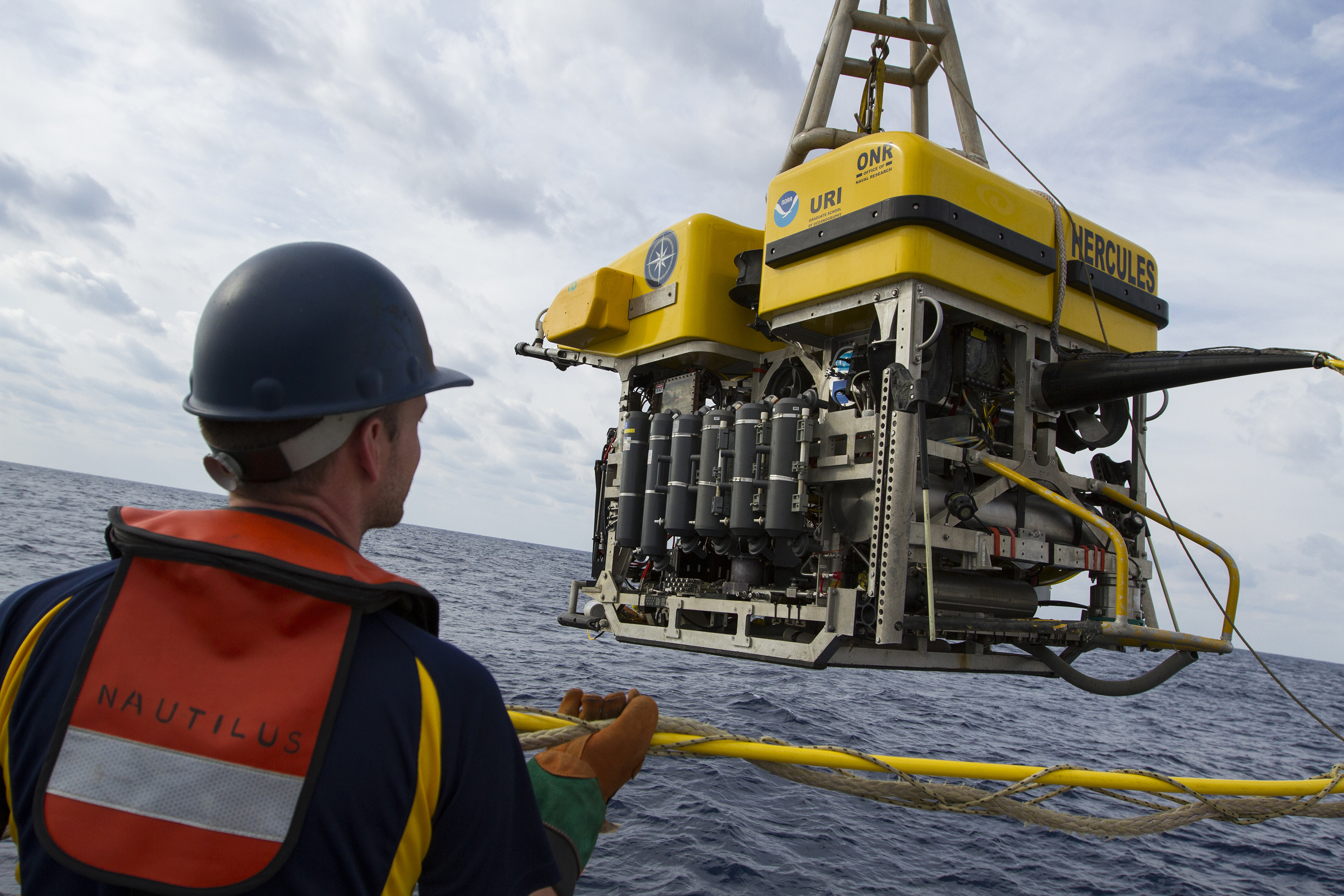

What is the difference between a tophat and a cage?īoth are types of tether management systems (TMSs) and are used to deploy the ROV from the surface to the working depth. We also do extensive failure and repair time analysis.Ĩ. The designs of our ROVs are based on feedback from over 2,000 offshore ROV technicians and our many customers. The pilot flies the ROV, and operates the manipulator and/or specialized tooling to complete the assigned task. The purpose of the ROV is to perform a task-it is the means of getting to and from the task location.

What is the most important part of an ROV operation? How many work class ROV systems do we operate?Īs of January 2017, we operate 279 work class ROV systems.Ħ. The more remote the location, the higher the training and experience level needed to compensate for stretched supply chain support and for poor communications, which can cut the crew off from technical support.ĥ. The equipment is technically diverse, and requires broad knowledge and training to perform the work scope and keep the equipment operational.Ĭonstruction and completions work requires previous knowledge that comes from experience. The crew executes tasks ranging from simple video monitoring to highly complex tooling interfacing and inspection. The ROV crew operates highly technical equipment in a remote location (rig or vessel) under occasionally harsh environmental conditions. What are the challenges to ROV operations? Our ROVs mainly work in deepwater offshore oil and gas operations around the world.Ĥ. They generally work a 12-hour shift followed by 12 hours off. We look for people who have technical training or industry experience in some mechanical, electronic, or electrical discipline.Ī typical ROV crew consists of three technicians: one supervisor, one mechanical technician, and one electrical technician. A new-hire employee with no previous ROV experience receives thorough training through our training program before going offshore. We hire people from a variety of backgrounds, and supplement their past experience with training specific to the ROV systems that we manufacture and operate. How do you become an Oceaneering ROV pilot?


 0 kommentar(er)
0 kommentar(er)
